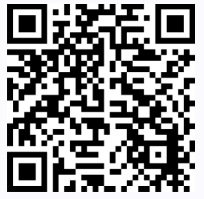By: Alex Martinez
Connectivity through a mobile device is a big part of today’s society. The proliferation of apps that share immediate information has created a dependency on such technology. We are constantly staring at our phones in search of the latest bit of information. Students often use their mobile devices to interact with others through various social media outlets.
Technology can create barriers to learning such as distractions if teachers do not set appropriate controls for its use during classes. When used correctly, technology can facilitate appropriate learning and motivate students to engage in the learning process. By incorporating technology, physical education teachers can create a more varied and dynamic classroom. A dynamic and varied physical education environment can also be appealing to students with disabilities.
The implementation of quick response codes (QR codes) can be a great addition to incorporate the use of mobile devices in physical education. A QR code is a two-dimensional barcode that is readable by smartphones to display text, URLs, messages, images and much more (see figure 1). The opportunities for incorporating QR codes during physical education are endless. One popular approach is the use of QR codes during scavenger hunts.
Figure 1: Quick response (QR) code

During a scavenger hunt, a student will use clues to find a QR code in a predetermined area. Once the QR codes are found and scanned with their phones by a student or group of students, the QR code will reveal a task to be completed. Students and teachers can track how many QR codes are found or how many tasks are completed.
Some students might not own a cellular device, especially at early elementary grades. The mobile device technology is constantly changing, forcing consumers to upgrade their cell phones periodically. Ask people to donate their old phones so you can have enough phones for this activity. If your school administration has a policy against cellphone use, make sure to communicate that students will be using cell phones during the class activity.
